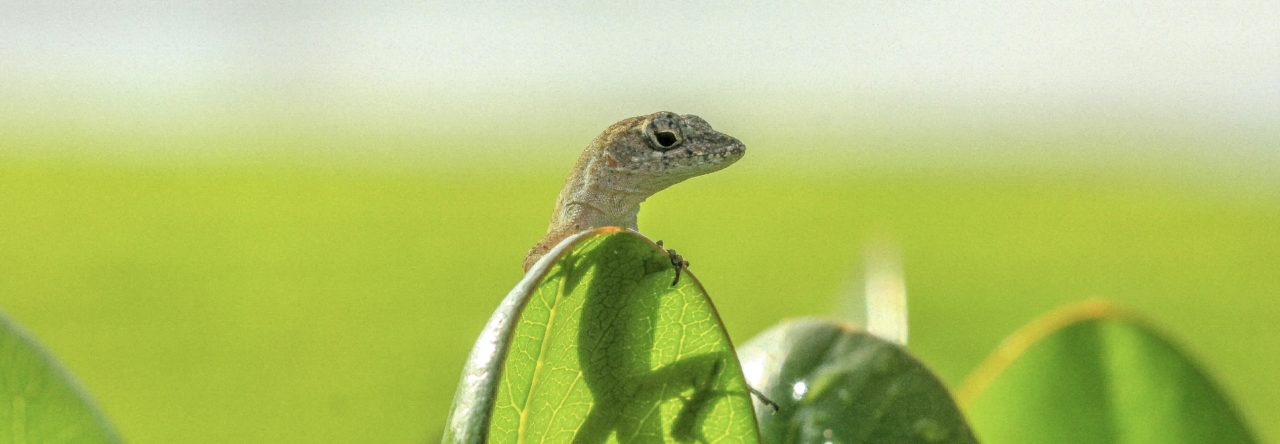As 2011 winds down, it’s time to look back and recall what made this such a wonderful anole year. With this in mind, Anole Annals presents in 2011 Top 5 List:
#5: The Dominican Republic:
Lots of good research and data came out of the D.R. this year, including landmark studies on the green anoles, the A. distichus complex and anole malaria, not to mention many successful field trips and spectacular photos.
#4: Evolutionary Relationships of the Giant Mainland Anoles
The phylogeny of the Dactyloa clade of primarily South American anole species, including the largest continental anoles, has long defied resolution. But no longer. In a beautifully worked out integration of morphological and molecular, Castañeda and de Queiroz provided a well-resolved evolutionary tree, which revealed many unexpected insights into the biogeography and evolution of these fabulous species.
#3: New Species
2011 saw the addition of the following species to the anole canon: anoriensis, benedikti (post forthcoming), osa, and tenorioensis. Have we missed any? In addition, a recent paper (post forthcoming) elevated five subspecies of A. chrysolepis species to full species status.
#2: Rediscovery of Little Known Anoles

Anolis darlingtoni. Image from http://www.philly.com/philly/blogs/evolution/A-Long-Lost-Lizard-is-Found-in-Haiti.html
Anolis darlingtoni, previously last seen in 1985, was located on an isolated Haitian mountaintop by a helicopter-travelling team of herpetologists. In addition, little seen A. fowleri was discovered in a new locality in the Dominican Republic. And, finally, the phenacosaur A. orcesi, never previously recorded during daylight hours, was observed going about its business in its daytime haunts.
#1: Publication of the A. carolinensis Genome
Six-plus years in the making, publication of the DNA sequence of North America’s only native anole made headlines throughout the world. Promising to unlock the secrets of anole evolution, as well as provide broader insights in many other areas, the anole genome has already unleashed a torrent of research.
What’s trending hot in the anole world?
- Dewlaps and Dewlapping: Everyone loves the anole’s throat fan, and research continues on the variety of colors, as well as the many different reasons to deploy your dewlap (against a predator???).
- Dorsal Patterning: females sport many different patterns, often within
a single population. Why? All of a sudden, a lot of people want to know.
- Anole Eggs and Embryos: Anole egg biology has been littled studied, and how the embryo develops even less so, but that is changing.
- Anoles as Educational Tools: A number of classroom exercises have been developed using anoles to teach concepts in evolutionary biology (here), and more are on the way.
- Micro-CT scans: It doesn’t get much cooler than these.
- Cover Shots: Who wouldn’t want an anole gracing the front plate to help sell mags? Not these editors. And word has it that more anole glamour shots will be headlining the cover of journals in the months to come.
It’s been a great year, and 2012’s got large shoes to fill!
- Evolution in Real Time on Lizard Island - March 23, 2025
- Spider Snags Adult Anolis osa - March 22, 2025
- An Homage to the Green Anoles of New Orleans - March 21, 2025




Rich Glor
Hopefully it won’t seem to self-congratulatory to suggest that the growth of Anole Annals was also a high note of anole biology in 2011!